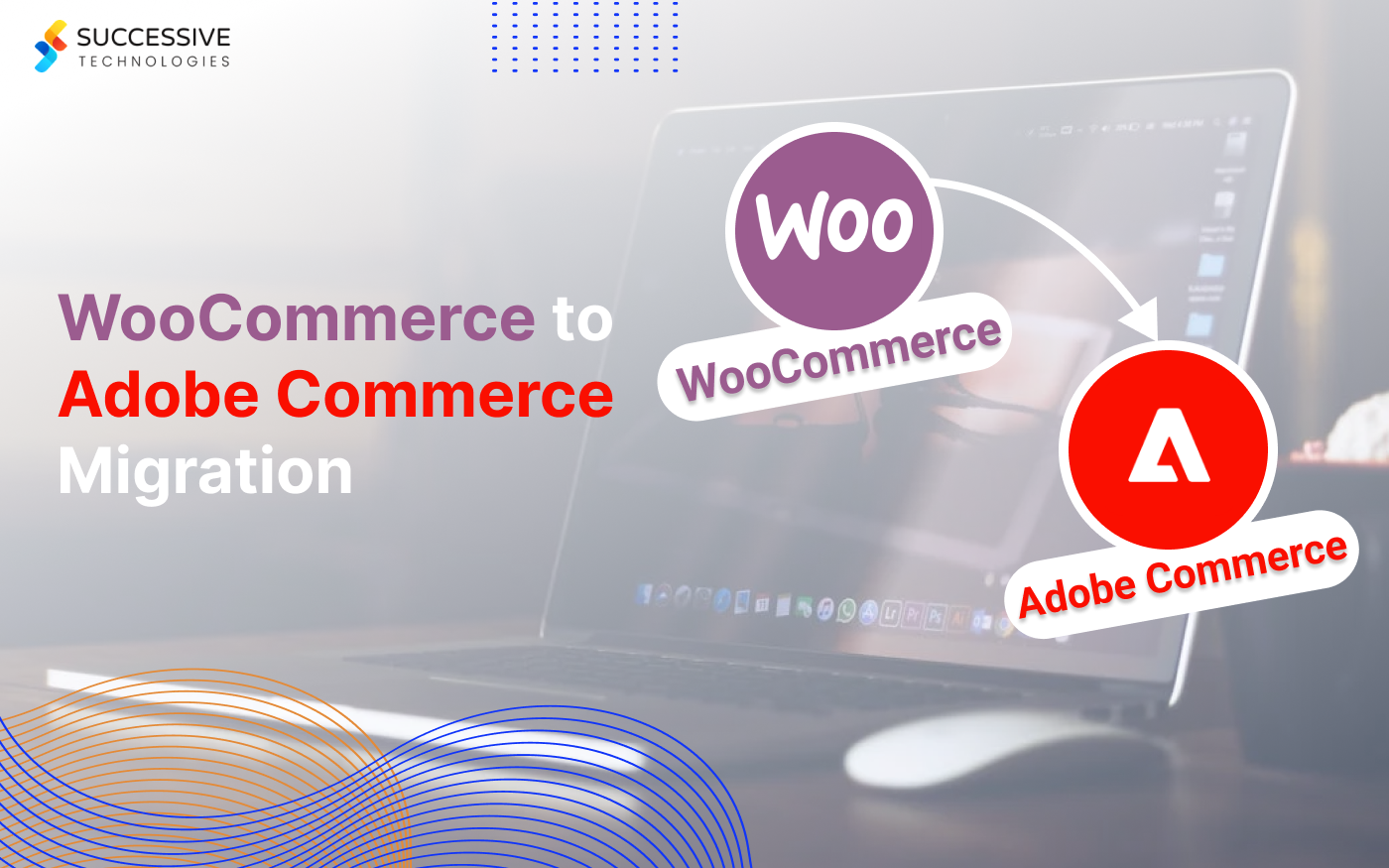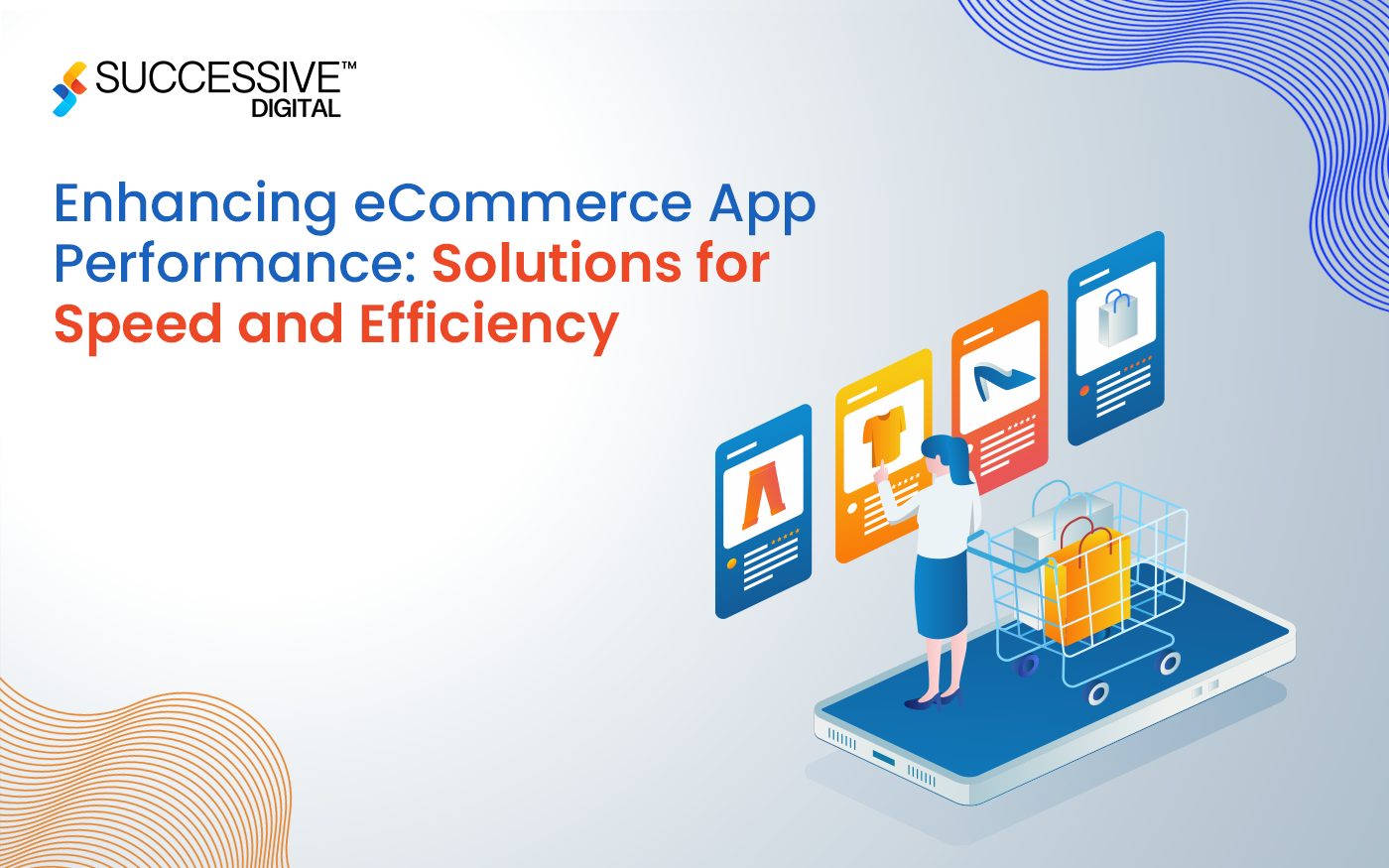In the fashion industry, where products change with transient trends, retailers have historically showcased their new apparel through lookbooks—collections of photographs to display fresh clothing lines and styles, models, photographers, and stylists.
Lookbooks are different from product catalogs in that lookbooks seldom showcase prices and have a minimalist design, usually relying on large images to showcase products not as utilitarian but as lifestyle choices.
As enterprises undergo digital transformation, lookbooks too have gone digital and are no longer limited to the fashion industry. Today companies selling home decor accessories, jewelry, architecture, furniture, and graphic design services are employing digital ecommerce lookbooks to impress customers and drive online sales.
The purpose of a digital lookbook for ecommerce isn’t just visual appeal. From a business standpoint, lookbooks can be instrumental in driving online/in-store revenue and engagement.
For instance, lookbooks have been reported to increase product sales by 90 percent and conversions by 43 percent. Further, these content pieces can also create opportunities to increase the average cart size and order value for your ecommerce business.
Digital lookbooks can also aid in improving customer engagement through immersive, minimalistic brand storytelling. Online businesses with physical outlets can also use lookbooks to encourage customers to shop in-store.
With ecommerce lookbooks, the possibilities are endless. But how can businesses successfully design and leverage effective digital lookbooks?
Let’s dive in and explore.
How to design a digital lookbook for ecommerce websites
Designing a digital lookbook for ecommerce stores is a six-step process. Let’s explore each of these steps in more detail.
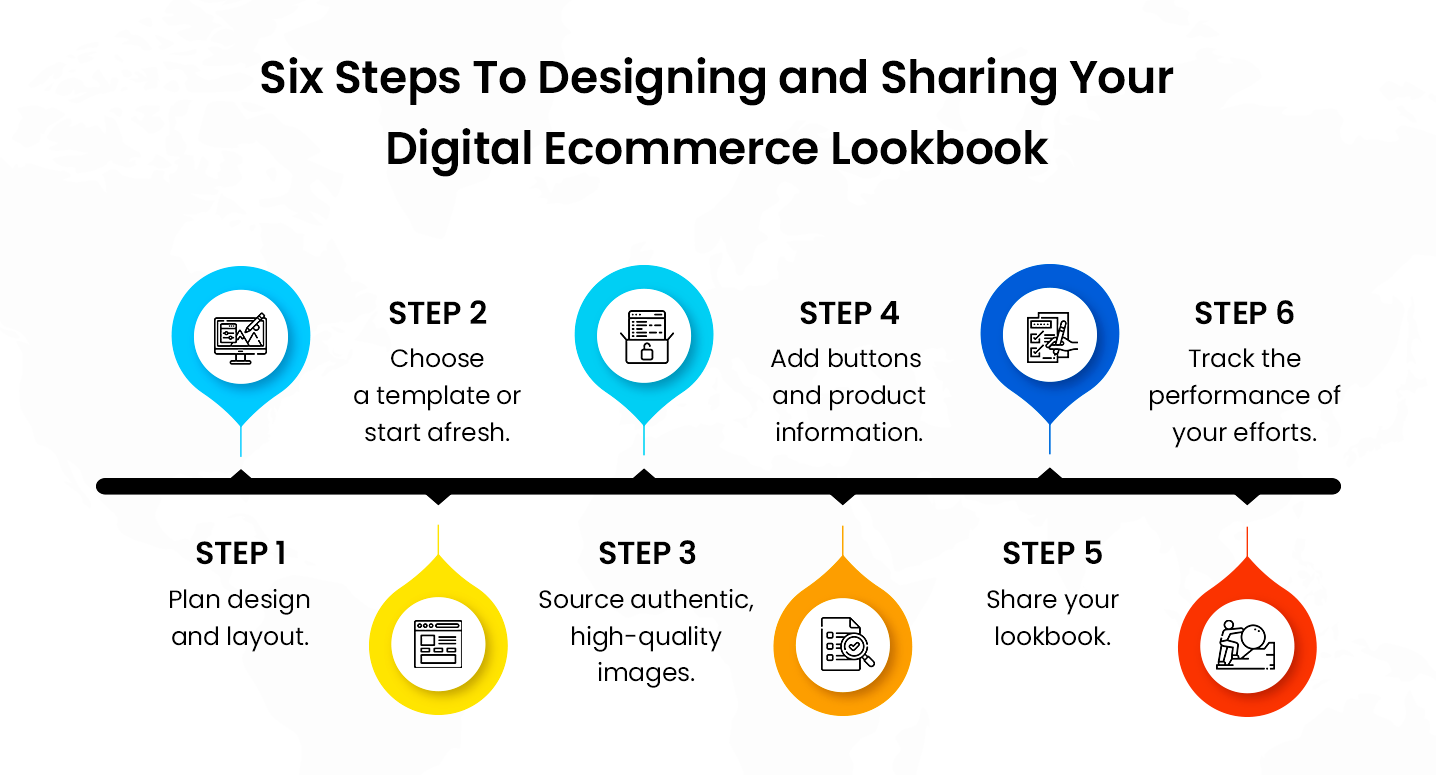
1. Plan the design of your lookbook
Before designing your ecommerce lookbook, it’s important to determine answers to the following questions:
- What does your business do? Is a lookbook appropriate for the set of products you plan to market?
- What is the persona of your average customer? Will they be interested in a lookbook?
- What is your overall brand aesthetic? How will the lookbook align with your brand elements?
- What will be the layout of your lookbook? Will it be a digital diary, a carousel, images on your website, or something else?
Finding answers to these vital questions will help you find a starting point for the design process, and will also help you plan processes and allocate resources to create the ideal ecommerce lookbook.
Must Read: Bigcommerce Development Agency
2. Choose a template or start with a clean slate.
There are two ways to create a draft of your ecommerce lookbook: you either choose a readymade template and tweak the existing design to your liking, or you start afresh and build a lookbook from scratch.
Template
When it comes to lookbooks, there exist many resources for readymade templates that you can customize according to your brand aesthetic.
To create simple lookbooks, you can make use of Flipsnack and Catalog Machine—popular and free template generators that allow you to either create a template from scratch in custom dimensions and a variety of layouts or upload a PDF of your proposed template and tweak the design as per your requirements.
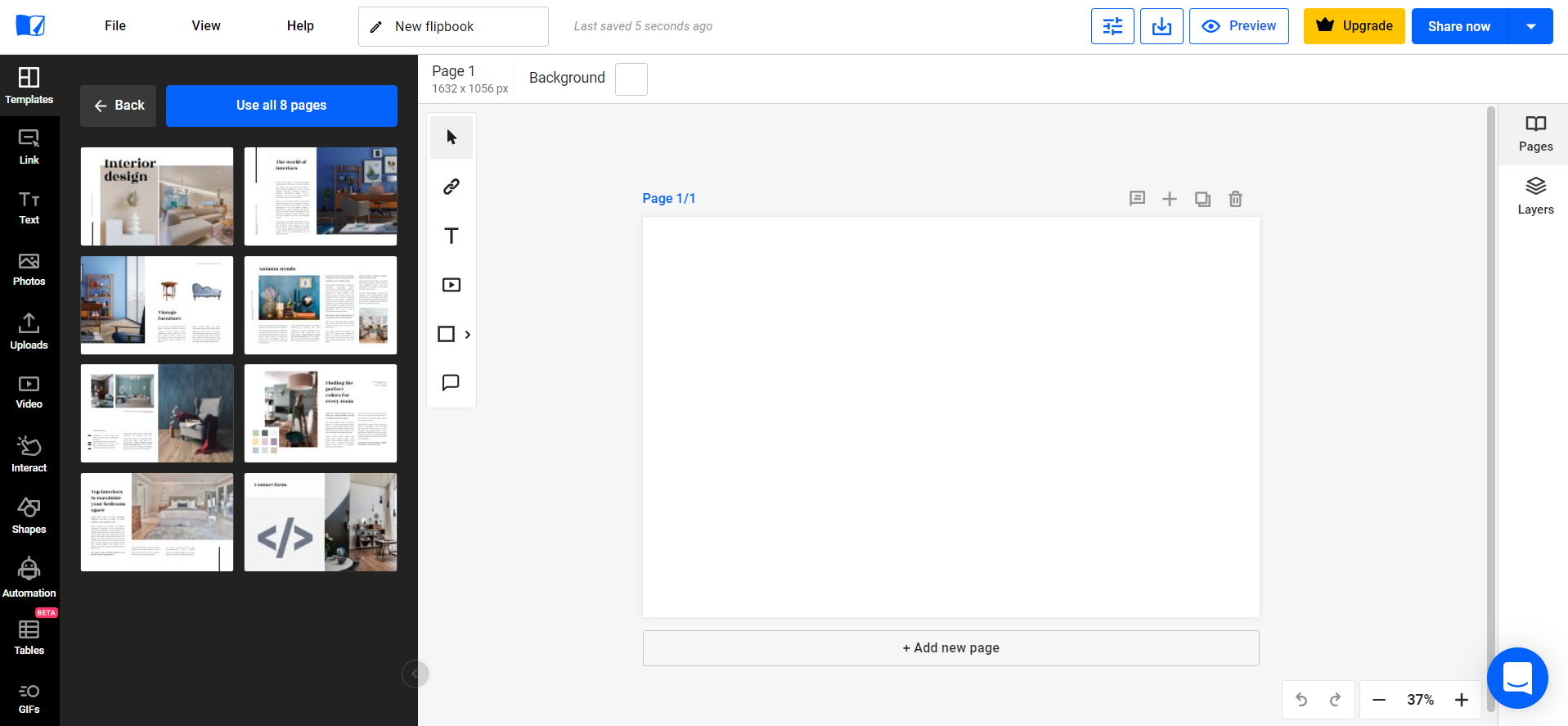
Through tools like Flipsnack, ecommerce businesses can use templates or create lookbooks from scratch to showcase their products.
For even simpler lookbooks, you can also use Google Slides to create basic designs and collaborate within your team to optimize processes.
Clean Slate
Producing your lookbook from scratch? You can find inspiration from successful ecommerce lookbooks. Companies across industries – especially luxury fashion retail – often release seasonal lookbooks for their clothing apparel.
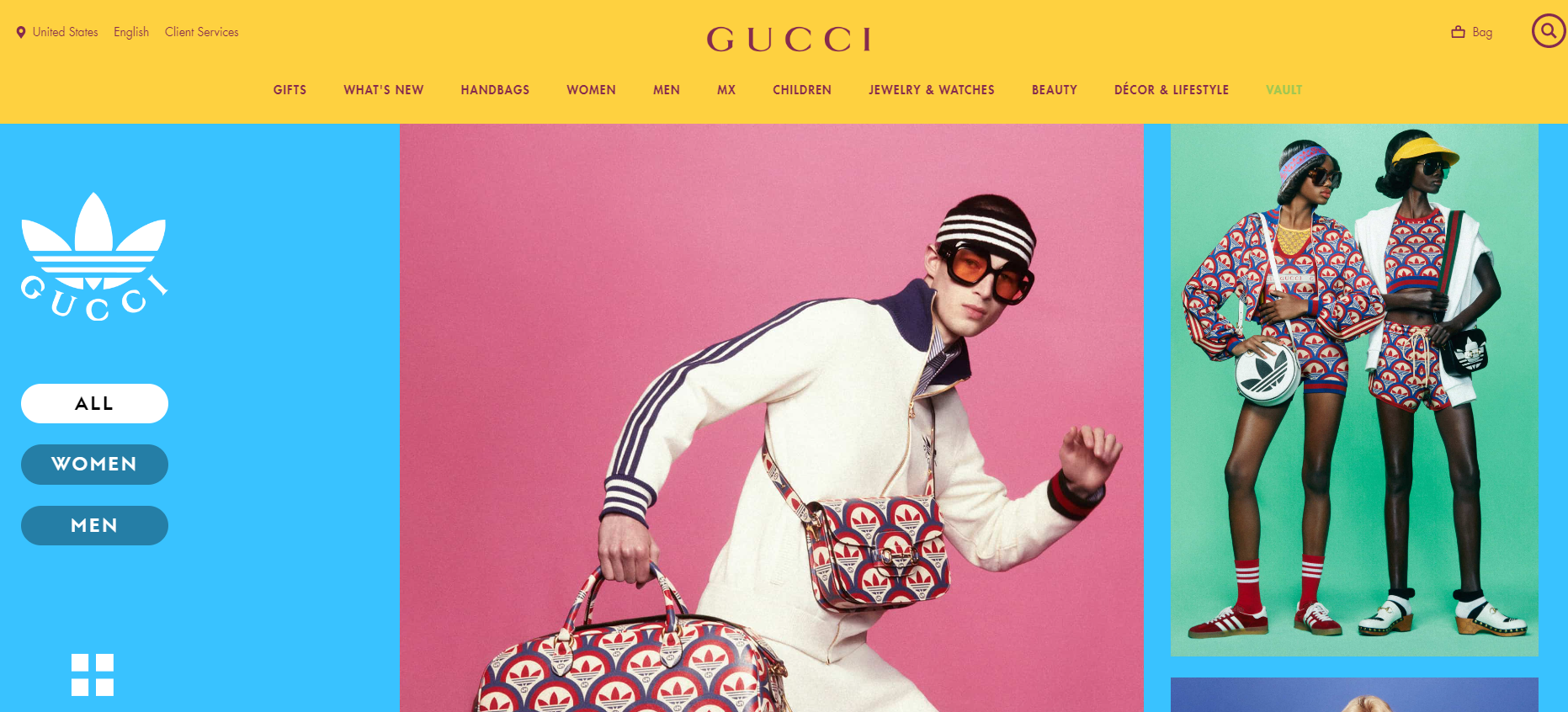
For more advanced and custom design requirements, consider bringing in the expertise of an e-commerce lookbook design company like Successive Digital.
3. Source high-quality, original images
While design is critical to the success of an ecommerce lookbook, images are at its core—this is the primary content your customers will see and engage with.
Blurry or pixelated photos generated under less-than-optimal lighting and exposure and sized or cropped incorrectly may put your brand across as amateurish. Inauthentic or plagiarized images will diminish your brand credibility.
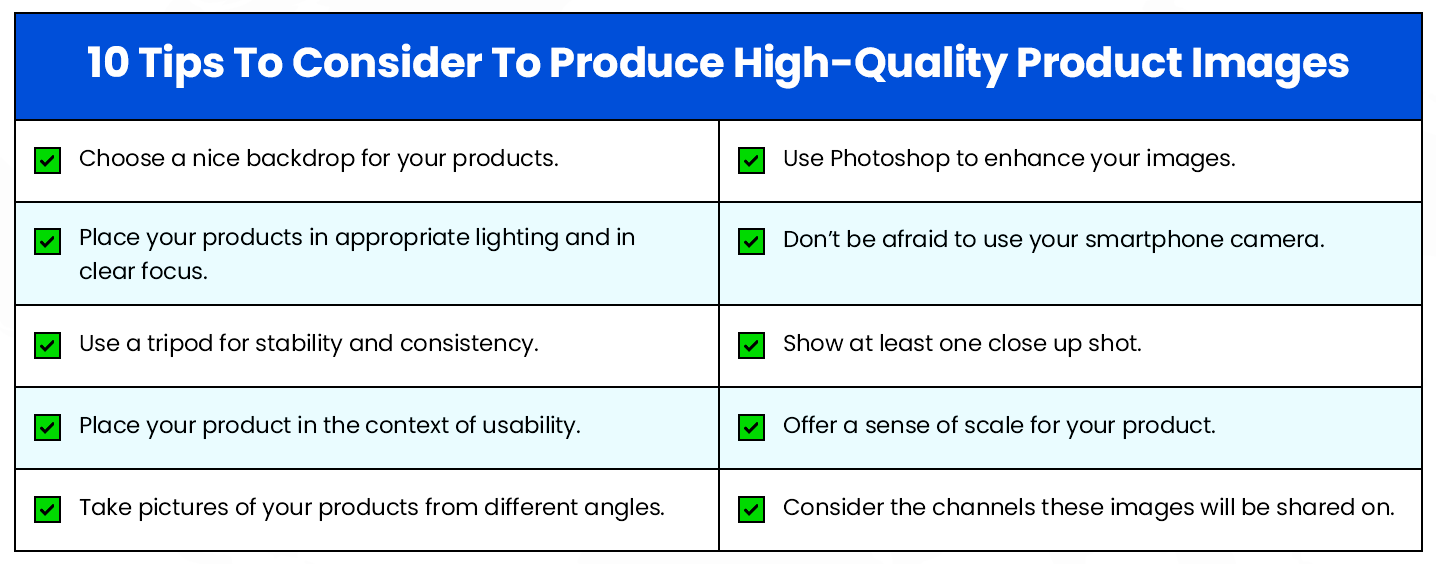
Therefore, it’s vital to source original, high-quality images that showcase your products not as utilitarian but as a part of your customers’ lifestyles.
An interesting approach to showcasing your digital lookbook images is through augmented reality (AR) and virtual reality (VR)—technologies that can create unparalleled and immersive product exploration experiences for your customers.
Related: Ecommerce Development
4. Add essential elements and information
While lookbooks are different from catalogs in terms of presentation, both are marketing tactics to drive higher conversions through the use of clear, appealing product images.
With this objective in mind, lookbooks must be supplemented with layers, elements and information that enhance user experience and encourage them to add products to their shopping cart.
Let’s have a look at what these elements are and what value they promise.
Intuitive Navigation
Regardless of the layout of your digital lookbook for ecommerce products, it’s vital to create an intuitive and obvious navigation experience for your customers. Online shoppers must be able to move across products seamlessly.
Creative Product Descriptions
Product descriptions can significantly complement your product images. Here, it’s important to have a copy that’s clear, creative, and crisp. The copy must also communicate value to the customer and should not distract them from the product.
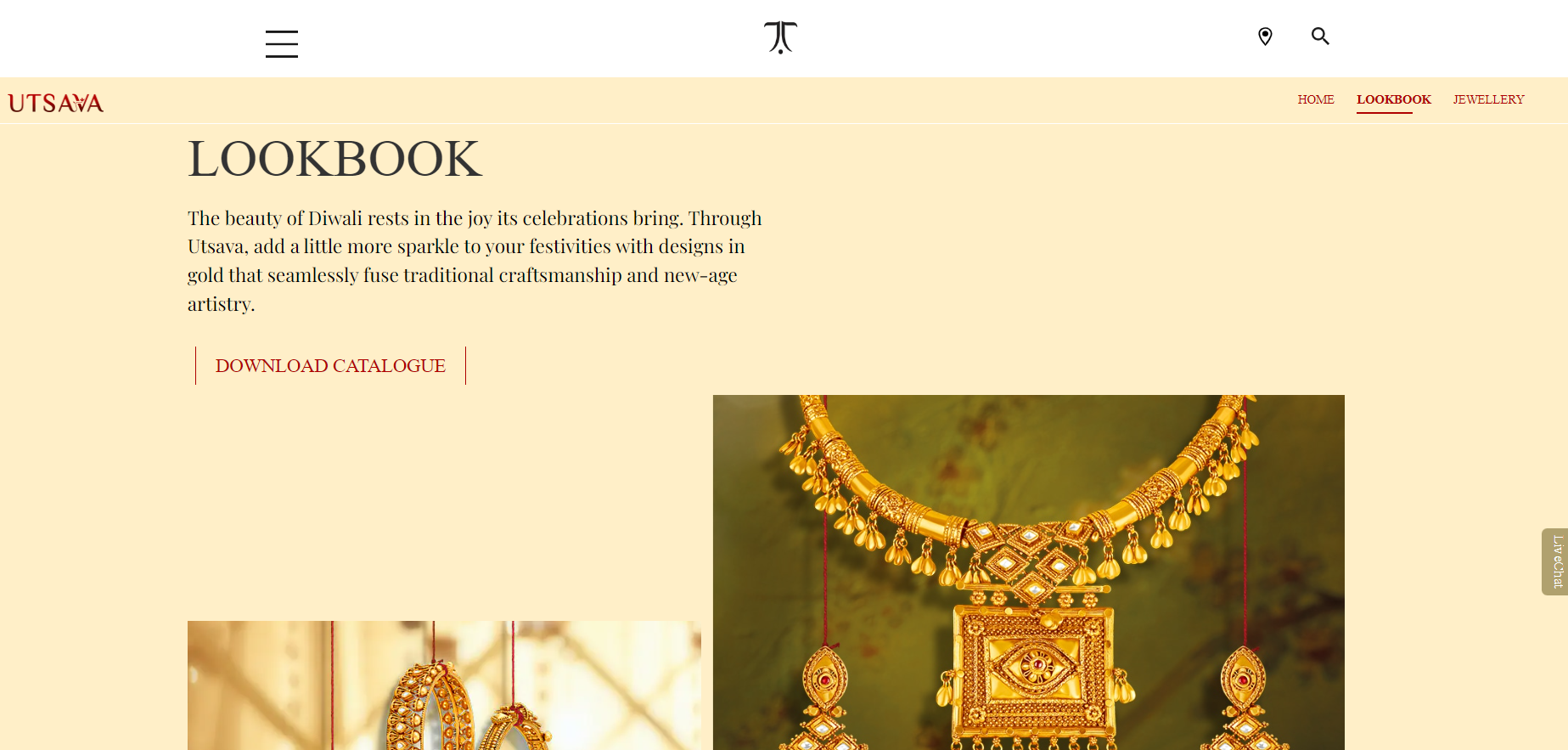
Tanishq uses creative descriptions for its products and collections, making use of tone that reflects its brand identity and communicates the grandeur of its finely-crafted jewellery.
It is also a good practice to clearly name the products listed in your digital lookbook. This allows customers to recall product names and revisit your product page at a later stage in their purchase process.
Call to Action Buttons
Unless your objective is to drive shoppers to your physical store, it’s important to add a call-to-action button to your lookbook. This button can enable users to add a product to their shopping cart, purchase it immediately, and compare it with other products among other actions.
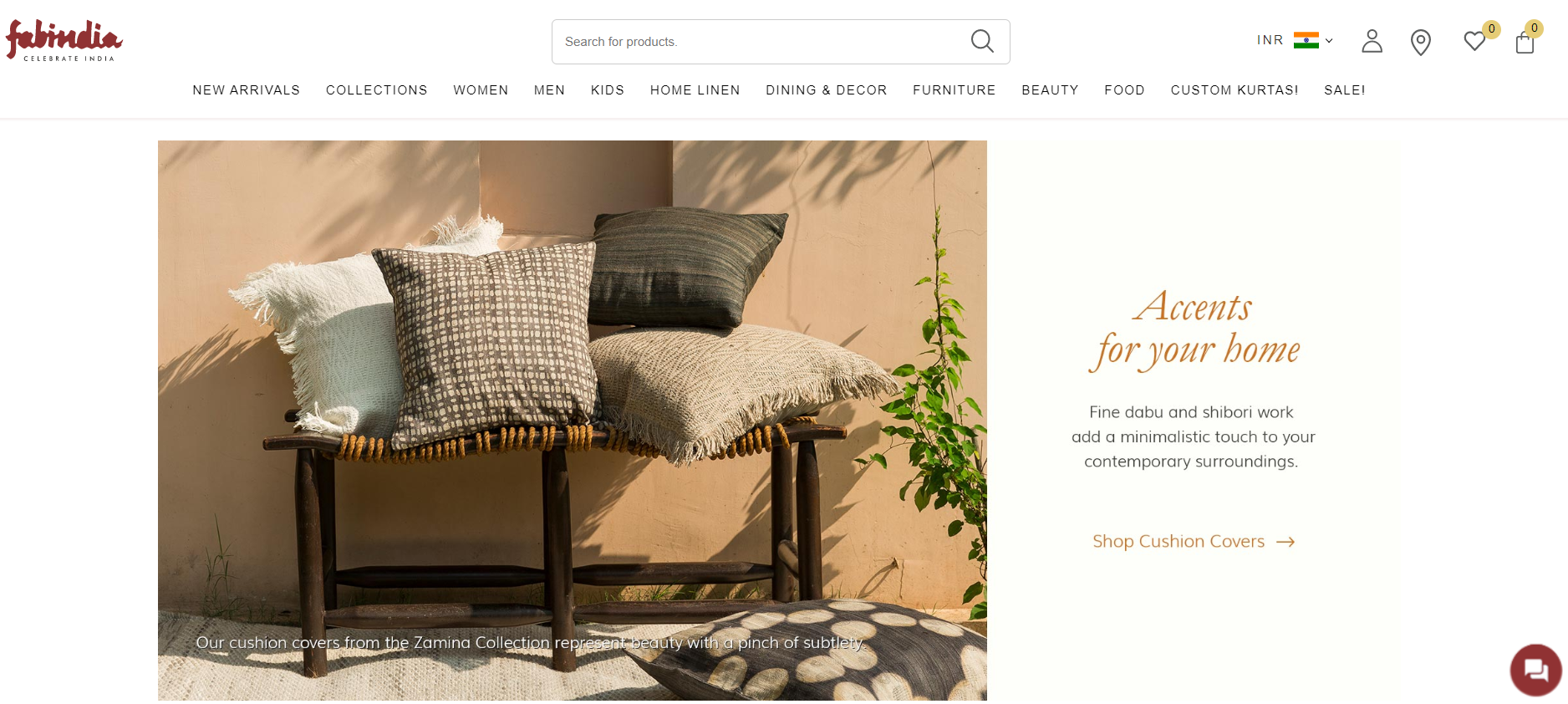
FabIndia’s furniture lookbook has clear call-to-action buttons to nudge users to explore specific products from its collection.
Call-to-action buttons on lookbooks must be prominent, clearly clickable, and must comprise legible and straightforward text.
Social Share Buttons
Through social sharing buttons, you can turn your website visitors into brand proponents, enabling them to share your digital lookbook on their social media pages.
Here, it’s important to pay attention to the placement of the buttons, social media platforms to be included, and the order of those buttons in terms of relevance to your brand. Keep the number of buttons limited to prevent distracting customers and detracting from a minimalistic design.
Company Details
Amongst customers allured by your digital ecommerce lookbook, some may want to contact you for more details, or to gain more information about your physical stores (if any) and discounts available.
For this, it’s important to add updated contact details at the footer or last page of your lookbook. Further, adding an ‘About’ button can also help customers better understand your brand and its offerings.
5. Share your lookbook
Once your lookbook is ready, you can employ the following marketing tactics to garner audience attention.
- Embed the digital lookbook into your website, or create a separate landing page for it.
- Insert your lookbook into marketing emails and newsletters.
- Share your entire lookbook or parts of it on social media platforms frequented by your target audience.
- Optimize your lookbook and landing page for search engines, making use of relevant keywords and employing SEO best practices.
6. Track performance
Once your lookbook is shared amongst your customers, it’s vital to track the performance of your design efforts. Here, it’s important to define practical key performance indicators (KPIs) that align with your business objectives.
Using analytics and heatmaps, you can understand audience response to your lookbook, engagement rates, and conversions achieved.
Tools valuable at this stage include analytics platforms like Google Analytics, Kissmetrics and Hotjar, as well as ecommerce heat mapping tools like Crazy Egg, Contentsquare, Smartlook and others.
The last word
We’re living in an era of business where the average customer is rapidly gravitating toward shopping online. Businesses are keeping up with this shift in consumer behavior, with digital transformation spending predicted to increase by over 55 percent between 2022 and 2025.
As a result of this shift to digital, today, there are at least 12 million ecommerce businesses working hard to grab customer attention and stand out.
In this competitive landscape, brands must take steps to go beyond optimizing user experiences for conversions and using creative means to drive sales. Lookbooks can be tremendously valuable in achieving this objective for businesses across industries.
Read Next: Shopify Migration Partner











